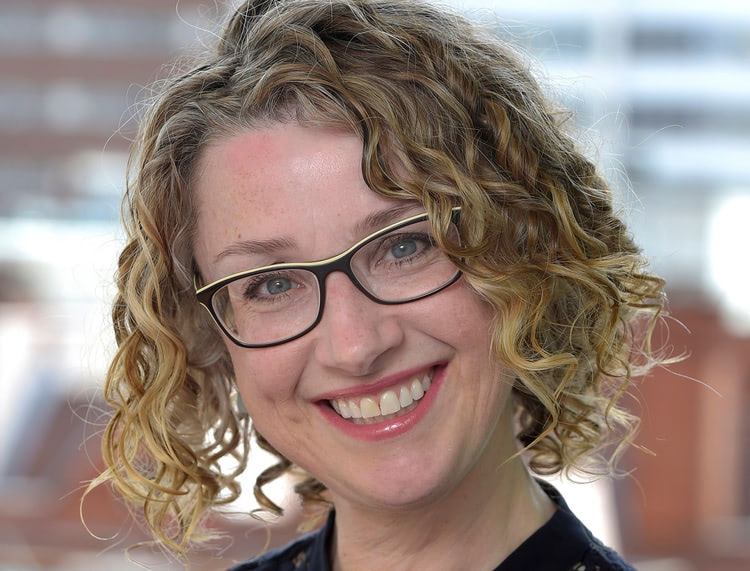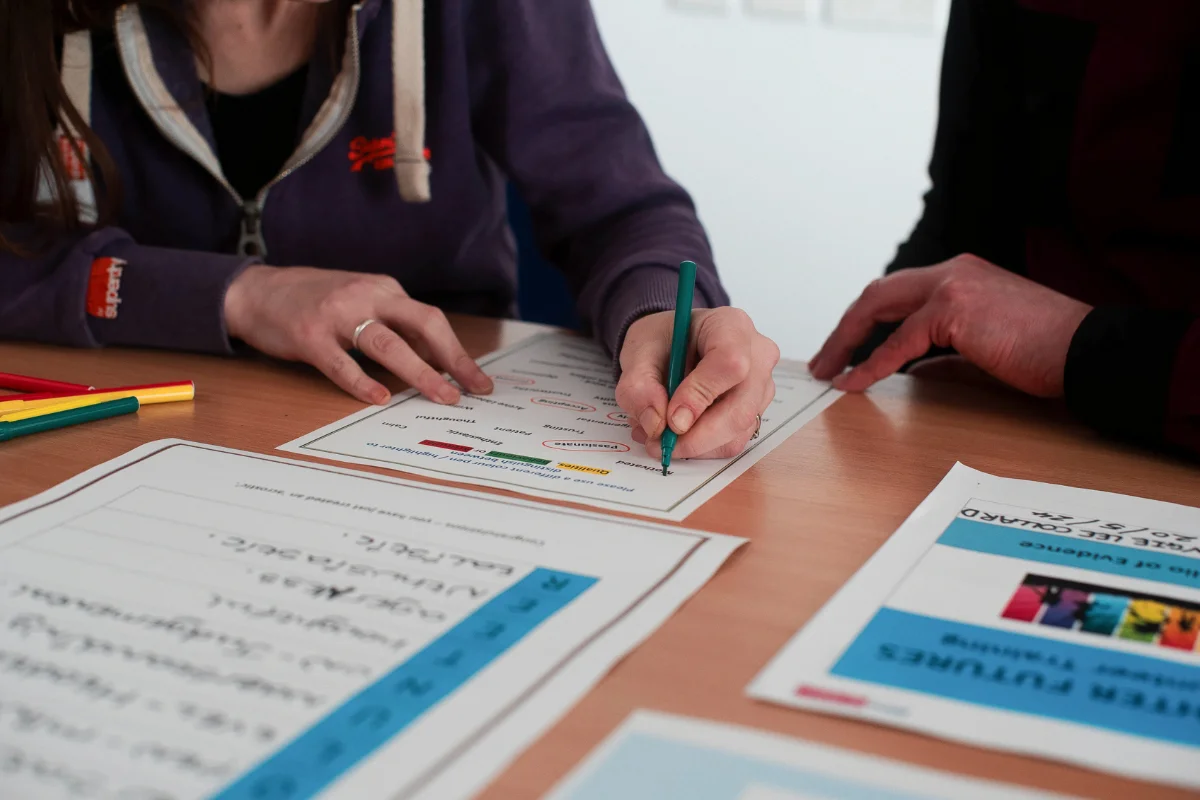Face masks in schools and colleges – the new rules

Yesterday, the government changed its advice about wearing face masks in schools and colleges in England. Different rules apply in Scotland, and at the time of writing, the position in Wales hasn’t been announced.
The policy U-turn came after the World Health Organization and Unicef, the UN children’s agency, said those aged 12 and over should wear masks to help tackle the Covid-19 pandemic, “under the same conditions as adults, in particular when they cannot guarantee at least a one-metre distance from others and there is widespread transmission in the area.”
What rules apply in Scotland?
Scottish secondary school pupils will have to wear face coverings in corridors, communal areas and school buses from Tuesday 1 September. But, there’s no requirement to wear face coverings in classrooms where social distancing measures are in place.
What rules apply in England?
From Tuesday 1 September, pupils in secondary schools and colleges will have to wear masks in corridors, but only where local lockdowns are in force. Teachers and support staff will also have to wear masks in these situations.
Head teachers will also have the flexibility to impose restrictions in their schools even if they are not subject to local lockdowns. New guidance issued by the Department of Education earlier today (26 Aug), however suggests that this discretion is limited and will only apply to communal areas ‘where social distancing cannot be safely managed’ and provides the following examples:
- where the layout of the school or college makes it particularly difficult to maintain social distancing when staff and pupils are moving around the premises
- where on top of hygiene measures and the system of controls recommended in the full opening guidance to schools and FE colleges and providers, permitting the use of face coverings for staff, pupils or other visitors would provide additional confidence to parents to support a full return of pupils.
Do masks have to be worn in the classroom?
In England, the government has said that ‘it will not usually be necessary to wear face coverings in the classroom, where protective measures already mean the risks are lower, and they may inhibit teaching and learning’.
In Scotland, pupils and staff can wear face coverings if they want to but new guidance says they ‘will not generally be necessary in the classroom as there is greater scope for physical distancing and face coverings can have an impact on learning and teaching’. However, if adults cannot keep a two meter distance and are interacting face-to-face for a sustained period (about 15 minutes or more), face coverings should be worn.
Are there any exemptions?
In Scotland individual exemptions can be granted for health reasons, but otherwise, the guidance is obligatory for all secondary, special and grant-aided schools. Similar provisions apply in England. There are a number of people who are exempt from wearing face coverings and the government has said that it expects teachers and other staff to be sensitive to those who can’t wear a mask or need to see someone’s mouth in order to lip read etc.
What advice should you give to students about storing and disposing of their face masks?
Clear instructions must be provided to staff and students about how to put on, remove, store and dispose of face coverings to avoid inadvertently increasing the risks of transmission.
Safe wearing of face coverings requires cleaning of hands before and after touching – including to remove or put them on – and storing them safely in individual, sealable plastic bags between use. Where a face covering becomes damp, it should not be worn and the face covering should be replaced carefully.
Schools and colleges must ensure there are enough bins so that pupils, staff and visitors can safely get rid of disposable face masks and are able to wash their hands.
Do you have to provide face masks?
The government says that it is ‘reasonable to assume that staff and young people will now have access to face coverings due to their increasing use in wider society, and Public Health England has made available resources on how to make a simple face covering‘.
However, if pupils don’t have a face covering, perhaps because they can’t afford one, or they’ve forgotten it or it’s become dirty or damp, schools and colleges are expected to step in and have a ‘small contingency supply’ available to meet such needs. No-one should be excluded from education on the grounds that they are not wearing a face covering.
Coronavirus hasn’t changed the duty of a school/college as an employer to protect their employees against health and safety risks in the workplace and they must make sure that their staff are not exposed to hazardous substances. The Health and Safety Executive has not updated its guidance on PPE to advise employers working in areas that are subject to local lockdowns. Currently, it says that ‘face coverings are not PPE as they do not protect people from work-related hazardous substances’ but can be used as a ‘precautionary measure against coronavirus’.
The HSE has also stated that PPE is only necessary in healthcare settings. Schools and colleges are not classified as clinical environments and, on the face of it, don’t need to provide or pay for PPE or face coverings unless they consider them necessary as part of their own risk assessments. But that position may change and we’ll let you know if the government or HSE publish any additional information about this.
Jo Moseley is a Professional Support Lawyer at Irwin Mitchell











Responses